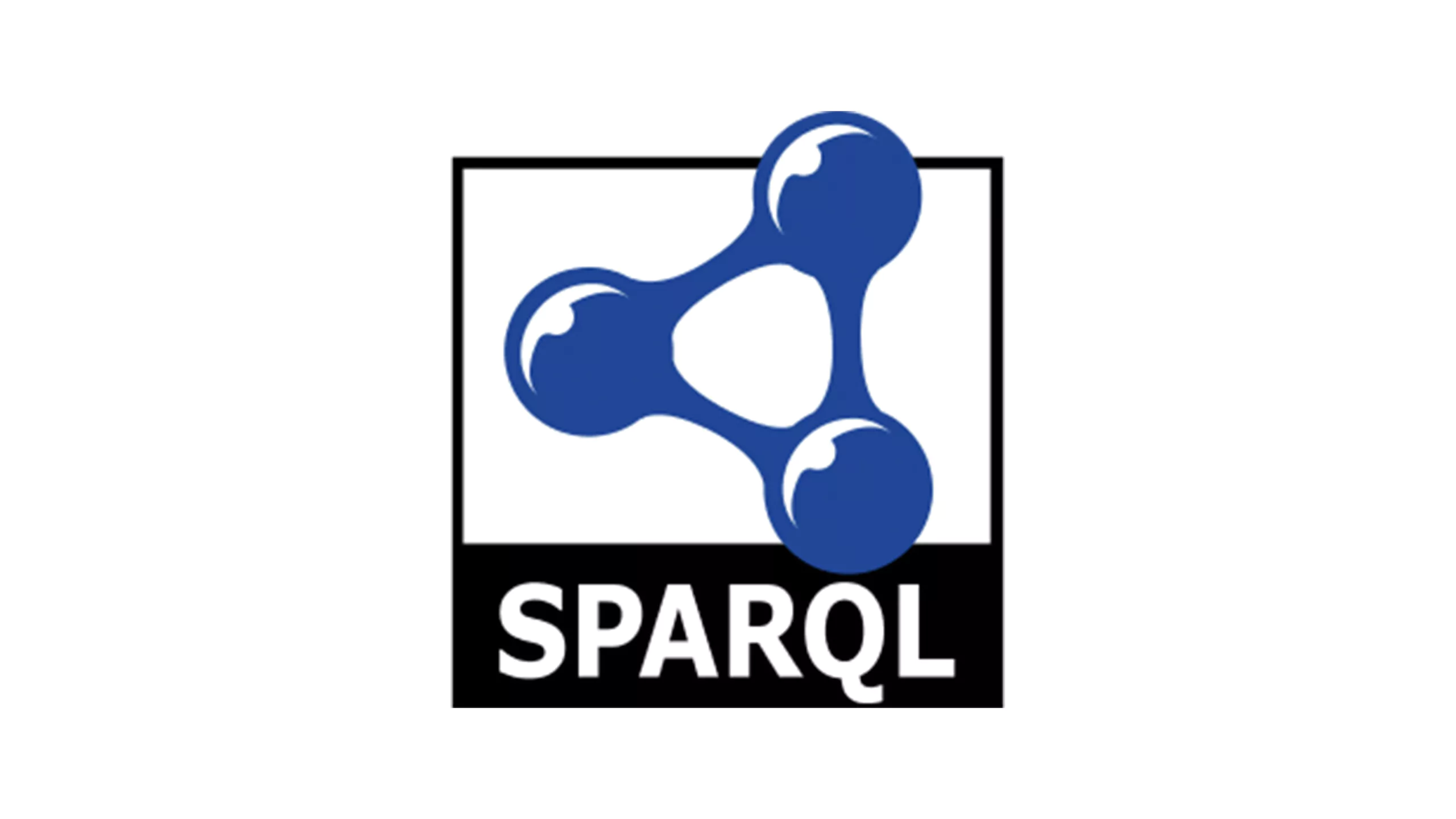
SPARQL, which stands for SPARQL Protocol and RDF Query Language, is a powerful tool for querying RDF (Resource Description Framework) databases. It enables users to retrieve and manipulate data stored in RDF format, making it a crucial component of the semantic web. Understanding SPARQL is essential for anyone working with linked data, knowledge graphs, or semantic technologies.
In this article, we'll delve into six essential facts about SPARQL that you need to know. From its syntax and capabilities to its role in querying RDF databases, we'll explore the key aspects of SPARQL that make it a valuable asset for data professionals and researchers. Whether you're new to SPARQL or looking to deepen your understanding, these insights will provide a comprehensive overview of this query language and its significance in the realm of semantic data processing. Let's embark on a journey to uncover the fundamental aspects of SPARQL and its impact on the world of data querying and manipulation.
Key Takeaways:
- SPARQL is a powerful tool for querying RDF databases, allowing users to extract specific information and gain valuable insights from diverse datasets.
- SPARQL supports graph pattern matching, promoting semantic data integration and empowering users to explore interconnected datasets for knowledge discovery.
SPARQL is a Powerful Query Language for RDF Databases
SPARQL, which stands for "SPARQL Protocol and RDF Query Language," is a fundamental tool for working with RDF (Resource Description Framework) databases. This query language allows users to retrieve and manipulate data stored in RDF format, making it an essential component of the Semantic Web. With its versatility and robust capabilities, SPARQL has revolutionized the way data is queried and extracted from RDF databases.
SPARQL Empowers Complex Queries and Data Retrieval
One of the key aspects of SPARQL is its ability to handle complex queries and data retrieval tasks with ease. By leveraging SPARQL, users can formulate intricate queries to extract specific information from RDF databases, enabling them to gain valuable insights and knowledge from diverse datasets. This capability makes SPARQL an indispensable tool for researchers, data scientists, and developers who work extensively with RDF data.
SPARQL Supports Graph Pattern Matching
Another fascinating facet of SPARQL is its support for graph pattern matching. This feature allows users to define patterns within RDF graphs, enabling them to identify connections and relationships between different entities. By utilizing graph pattern matching, users can uncover valuable associations and dependencies within their RDF data, facilitating comprehensive analysis and exploration.
SPARQL Promotes Semantic Data Integration
SPARQL plays a pivotal role in promoting semantic data integration across diverse sources. By employing SPARQL queries, users can seamlessly integrate data from multiple RDF databases, fostering a unified view of interconnected information. This capability is instrumental in facilitating comprehensive data analysis and knowledge discovery, empowering users to harness the full potential of their RDF datasets.
SPARQL Facilitates Linked Data Exploration
With its support for querying and navigating linked data, SPARQL enables users to explore interconnected datasets and uncover valuable insights. This functionality is particularly significant in the context of the Semantic Web, where linked data principles are paramount. By leveraging SPARQL, users can traverse linked data resources, extract pertinent information, and gain a holistic understanding of interconnected knowledge domains.
SPARQL Empowers Semantic Web Development
SPARQL serves as a cornerstone for Semantic Web development, empowering practitioners to build sophisticated applications and systems that leverage semantic technologies. By harnessing the capabilities of SPARQL, developers can create innovative solutions that capitalize on the rich, interconnected nature of RDF data. This pivotal role positions SPARQL as a driving force behind the advancement of the Semantic Web and its associated technologies.
In conclusion, the 6 Facts you must know about SPARQL (for querying RDF databases) underscore the profound impact of this query language in the realm of RDF data management and exploration. As a versatile and potent tool, SPARQL continues to shape the landscape of semantic technologies, enabling users to unlock the full potential of RDF databases and traverse the interconnected web of linked data.
Conclusion
In conclusion, SPARQL is a powerful query language for RDF databases, offering a flexible and efficient means of retrieving and manipulating data. Understanding its key features, such as its ability to handle complex queries, support for federated queries, and compatibility with various RDF databases, is crucial for harnessing its full potential. By leveraging SPARQL's capabilities, organizations can unlock valuable insights from their RDF data, driving informed decision-making and innovation. As the demand for effective data management and analysis continues to grow, mastering SPARQL will undoubtedly be a valuable asset for data professionals and organizations alike.
FAQs
What are the key advantages of using SPARQL for querying RDF databases?SPARQL offers a versatile and powerful solution for querying RDF databases, enabling users to retrieve specific data patterns, perform complex queries, and integrate data from multiple sources. Its support for federated queries and compatibility with various RDF databases make it a valuable tool for data management and analysis.
How can I learn SPARQL and improve my querying skills?There are numerous resources available for learning SPARQL, including online tutorials, documentation from RDF database providers, and community forums. Additionally, practicing with sample RDF datasets and experimenting with different query scenarios can significantly enhance your SPARQL querying skills.
Was this page helpful?
Our commitment to delivering trustworthy and engaging content is at the heart of what we do. Each fact on our site is contributed by real users like you, bringing a wealth of diverse insights and information. To ensure the highest standards of accuracy and reliability, our dedicated editors meticulously review each submission. This process guarantees that the facts we share are not only fascinating but also credible. Trust in our commitment to quality and authenticity as you explore and learn with us.
